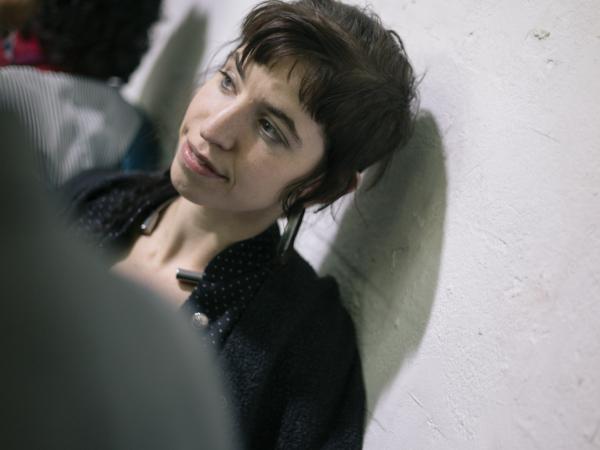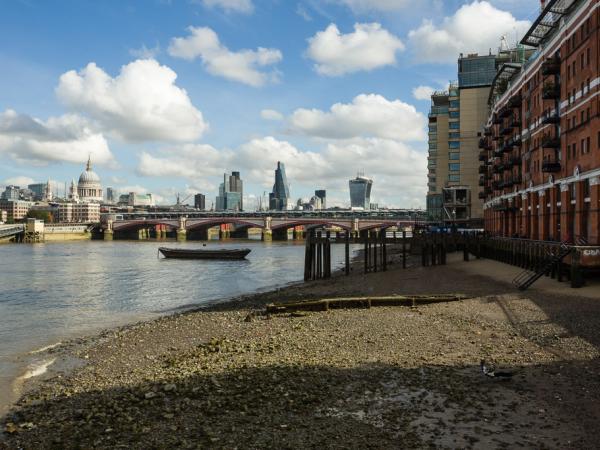Biografia
Ostend, where I was born and grew up, always has been a popular bathing city, in James Ensor’s days the king Leopold II invested the money he extracted from his private project the ‘Congo Free State’ in the urban renewal of Ostend, Brussels and Antwerp. Making Ostend one of the places-to-be, even today it is a popular destination for sunbathers and fashionable loungers with a vivid gay scene (gay-people tend to have great intuitions when it comes to things of Beauty). As you can imagine growing up in these surroundings, together with my mother’s appetite for fashion, (she owned a store where she sold clothes of her own design) embedded me in a culture of beauty and body. My parents divorced when I was 2 years old. When I was twelve, my dad told me he was gay, so he devotedly took part in the body culture that was an integral part of the social sphere. In the late eighties and nineties people walked around half naked during the summer. This constant confrontation with flesh, suntanned women, my mothers’ fashion magazines, the ritual body culture together with the smell of cosmetics and sun oil on the beaches of Ostend condensed in my young brain.
It appeared to me that peoples only concern of getting happier and prettier by getting browner contrasted, as I came to understand the history of my birthplace, with the origins that made Ostend so appealing.
Because of my mother’s frenzy to fashion, I watched and drew from Vogue and other lifestyle magazines at an early age. These magazines sublimated the rawness and exhibition of flesh I was so accustomed to. The contrast between this sublimation of beauty and the reality it tries to produce is at the core of my thinking and work today.
In high school, this led me to focus on persuasive imagery, more specifically those who produce Glamour. As my practice progressed I’ve been focusing on the persuasive visual language(s) used in these images that nurture our envy in the same way as they persuade us to be enviable. A language made to sustain ‘The Politic of Youth’. And this politic of youth is the fabric of Glamour.






